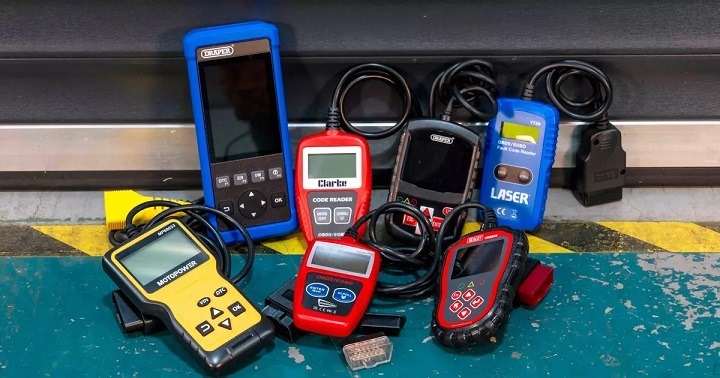In the world of automotive repair and maintenance, diagnostic tools, scanners, and testers play a crucial role in identifying and resolving issues with vehicles. These advanced tools have revolutionized the way mechanics and car enthusiasts approach problem-solving, making it easier to pinpoint problems accurately and efficiently. In this article, we will explore the various diagnostic tools, scanners, and testers available in the market, and how they have become indispensable assets for anyone working in a garage or tinkering with their own vehicle.
Understanding Diagnostic Tools
Diagnostic tools are electronic devices that interface with a vehicle’s onboard computer system to extract and interpret diagnostic trouble codes (DTCs). These codes provide insights into the specific issues affecting the vehicle’s performance. With the help of these tools, mechanics can quickly identify problems and make informed decisions about necessary repairs.
Some popular diagnostic tools include
On-Board Diagnostics (OBD) Scanners: OBD scanners are the most common diagnostic tools used in modern vehicles. They come in different types, such as OBD-I and OBD-II scanners, and can read codes specific to the vehicle’s make and model.
Multimeters: Multimeters are versatile tools that allow mechanics to measure voltage, current, and resistance. They are helpful in diagnosing electrical issues in the vehicle’s circuits and sensors.
Code Readers: Code readers are basic diagnostic tools designed to retrieve and display DTCs. They offer limited functionalities compared to more advanced scanners.
Scanning Solutions for In-depth Analysis
While basic diagnostic tools serve well for most everyday tasks, more complex issues demand comprehensive scanning solutions. These sophisticated tools offer additional functionalities for a deeper analysis of a vehicle’s performance.
Some advanced scanning solutions include
Advanced OBD Scanners: Advanced OBD scanners go beyond merely reading codes. They offer real-time data, freeze frame information, and readiness monitors, providing mechanics with a comprehensive understanding of the vehicle’s systems.
Diagnostic Software: Some scanners come with diagnostic software that can be installed on a computer. This software allows mechanics to access manufacturer-specific data, perform bi-directional control, and update vehicle software.
III. Specialized Testers for Targeted Issues
In addition to generic diagnostic tools and advanced scanners, specialized testers cater to specific vehicle components, making troubleshooting even more precise and efficient.
Some common specialized testers include
Battery Testers: These testers assess the health of a vehicle’s battery and charging system, helping mechanics detect battery-related issues before they become severe.
Compression Testers: Compression testers measure the compression pressure within the engine cylinders, aiding in diagnosing engine health and identifying potential problems.
Fuel System Testers: Fuel system testers evaluate the fuel delivery system’s efficiency, ensuring optimal engine performance and fuel economy.
Benefits of Diagnostic Tools, Scanners & Testers
The integration of diagnostic tools, scanners, and testers in automotive repair offers several advantages, including:
Time-saving: These tools reduce the diagnostic process, allowing mechanics to identify issues quickly and accurately, leading to faster repairs.
Cost-effective: By pinpointing the exact problem, mechanics can avoid unnecessary part replacements, saving money for both the repair shop and the vehicle owner.
Enhanced Accuracy: Diagnostic tools provide precise information, minimizing the chances of misdiagnosis and ensuring the correct repair approach.
In conclusion, diagnostic tools, scanners, and testers have revolutionized the automotive repair industry. Their ability to quickly and accurately diagnose issues in vehicles has made them indispensable assets in any garage. Whether you are a professional mechanic or a car enthusiast, investing in these tools can significantly improve your ability to maintain and repair vehicles effectively. Keep in mind that technology is continuously advancing, so staying up-to-date with the latest diagnostic tools will ensure you’re always equipped with the best resources for the job.

